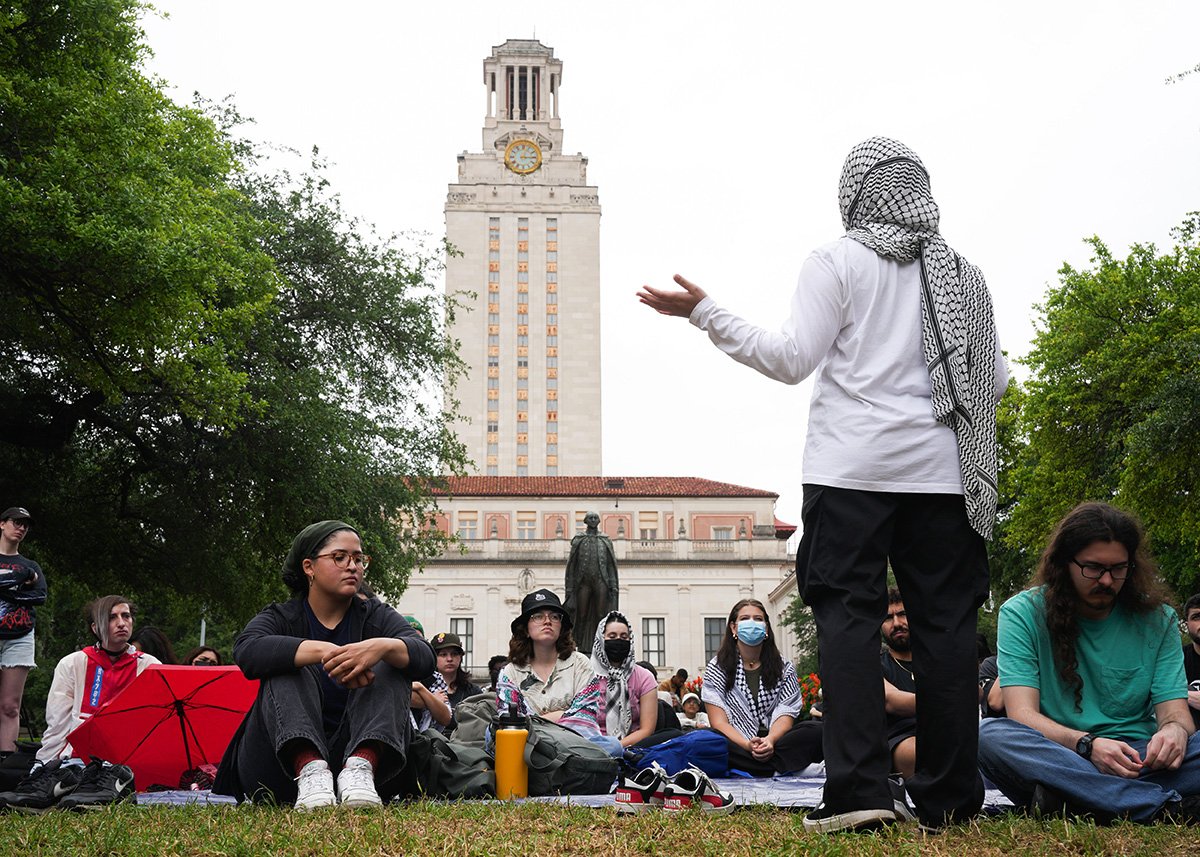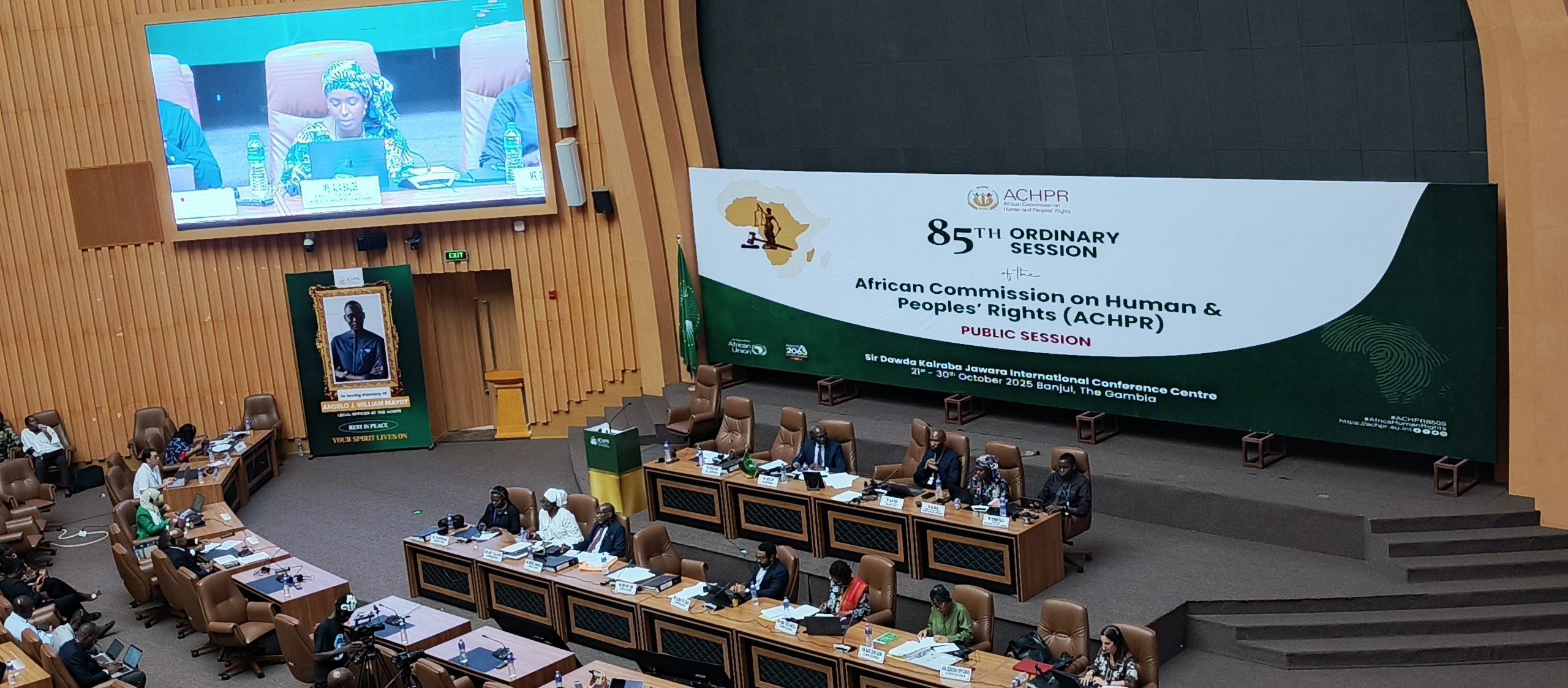New Texas law restricting expressive activity on college campuses may have flaws – Free Speech Center

Report on Texas S.B. 2972 and its Implications for Sustainable Development Goals
Executive Summary
A new legislative act in Texas, S.B. 2972, significantly revises regulations concerning free expression on public university campuses. This report analyzes the law’s provisions and potential consequences through the lens of the United Nations Sustainable Development Goals (SDGs), particularly SDG 4 (Quality Education), SDG 10 (Reduced Inequalities), and SDG 16 (Peace, Justice and Strong Institutions). The legislation, which curtails expressive activities and alters university governance, presents notable challenges to the principles of academic freedom, inclusive decision-making, and the protection of fundamental rights enshrined in these global goals.
Legislative Changes and Contradictions with SDG 16: Peace, Justice and Strong Institutions
The recent legislation marks a significant departure from a 2019 law that expanded speech rights on campuses, aligning more closely with SDG Target 16.10, which aims to “ensure public access to information and protect fundamental freedoms.” The new law, S.B. 2972, introduces measures that appear to conflict with this objective.
Restrictions on Expressive Activities
The law imposes several limitations on expressive activities, which may undermine the protection of fundamental freedoms (SDG 16.10). Key restrictions include:
- Elimination of the requirement for common outdoor areas to be treated as traditional public forums.
- A ban on encampments and the wearing of masks during protests.
- Prohibition of expressive activities between 10 p.m. and 8 a.m.
- Restrictions on the use of amplification devices like microphones or drums.
Erosion of Inclusive Institutions (SDG 16.7)
A related law, S.B. 37, directly impacts the structure of university governance, moving away from the principles of “responsive, inclusive, participatory and representative decision-making” as outlined in SDG Target 16.7.
- Faculty senates, previously a mechanism for faculty input, now operate at the discretion of governing boards.
- University presidents are now responsible for appointing half of the members of these senates, reducing their representative nature.
- An ombudsman is established to monitor compliance, with the authority to recommend the withdrawal of state funds, potentially pressuring institutions to limit participatory governance.
Impact on SDG 4 (Quality Education) and SDG 10 (Reduced Inequalities)
The new legal framework in Texas has profound implications for the quality of education and the goal of reducing inequalities within higher education institutions.
Threats to Academic Freedom and Quality Education (SDG 4)
The restrictions on expression and faculty governance risk eroding academic freedom, a cornerstone of Quality Education (SDG 4). An environment of free inquiry and open debate is essential for fostering critical thinking and innovation. Critics argue the new laws could create a “chilling effect,” discouraging both students and faculty from engaging in discourse on contentious topics, thereby diminishing the quality and scope of the educational experience.
Setbacks for Reducing Inequalities (SDG 10)
The legislative context includes a broader movement against Diversity, Equity, and Inclusion (DEI) policies. Such actions can be seen as a setback for SDG 10 (Reduced Inequalities) and SDG 5 (Gender Equality), as DEI initiatives are designed to create equitable and inclusive learning environments for students from all backgrounds, including marginalized communities. By limiting certain forms of protest and expression, the law may disproportionately silence the voices of these groups advocating for their rights and for social justice.
Potential Legal Challenges and Adherence to the Rule of Law (SDG 16.3)
The legislation’s viability may be tested in court, raising questions about its adherence to the rule of law, a key component of SDG 16. Defenders of the law cite the right of institutions to impose reasonable time, place, and manner restrictions. However, opponents highlight several potential legal flaws that could render it unenforceable.
Legal Vulnerabilities
- Vagueness: The broad definition of “expressive activity” may be deemed unconstitutionally vague.
- Overbreadth: Critics argue the law is overly broad and could be used to suppress legitimate and non-disruptive speech, such as students discussing politics on a bench at night.
- Content Neutrality: The law’s emergence as a reaction to specific pro-Palestinian protests raises concerns that it is not content-neutral in its application.
- Chilling Effect: The cumulative impact of the restrictions may unconstitutionally deter individuals from exercising their First Amendment rights.
These potential challenges underscore the tension between the state’s regulatory actions and the principles of justice and fundamental rights that are integral to achieving SDG 16.
Analysis of Sustainable Development Goals in the Article
1. Which SDGs are addressed or connected to the issues highlighted in the article?
-
SDG 16: Peace, Justice and Strong Institutions
- The article’s central theme is the regulation of free speech and fundamental freedoms on public university campuses through new legislation (S.B. 2972). This directly relates to SDG 16, which aims to promote just, peaceful, and inclusive societies, including the protection of fundamental freedoms and the development of effective, accountable, and transparent institutions. The law’s potential flaws, such as “vagueness,” “overbreadth,” and having a “chilling effect,” challenge the principles of justice and strong institutions.
-
SDG 4: Quality Education
- The article discusses how new laws affect the educational environment in public colleges and universities. The limitation of shared governance through S.B. 37, which could “erode the academic freedom that has long fostered free inquiry,” directly impacts the quality of education. Furthermore, the debate around DEI policies and the creation of an environment for open discussion are crucial components of a quality higher education system.
-
SDG 10: Reduced Inequalities
- The article touches upon issues of inequality and discrimination. It notes that the new laws are a reaction to protests concerning specific groups (“campus protests in favor of Palestinians”) and that critics charged these protests “promoted anti-Semitism, which threatened Jewish students.” Additionally, it mentions federal actions against Diversity, Equity, and Inclusion (DEI) policies and threats to “deport non-citizen students for exercising their First Amendment rights,” highlighting policies that could increase inequality and discrimination based on origin and political viewpoint.
2. What specific targets under those SDGs can be identified based on the article’s content?
-
SDG 16: Peace, Justice and Strong Institutions
- Target 16.10: Ensure public access to information and protect fundamental freedoms, in accordance with national legislation and international agreements. The article is entirely focused on the tension between new state legislation (S.B. 2972) and the protection of fundamental freedoms, specifically the “First Amendment rights” of speech and “expressive activity” on college campuses.
-
SDG 4: Quality Education
- Target 4.7: Ensure that all learners acquire the knowledge and skills needed to promote sustainable development, including, among others, through education for human rights, …promotion of a culture of peace and non-violence, global citizenship and appreciation of cultural diversity. The article discusses the erosion of “academic freedom that has long fostered free inquiry” and the dismantling of “diversity, equity and inclusion (DEI) policies.” These actions directly affect the educational environment required to teach and learn about human rights, cultural diversity, and how to engage in peaceful discourse.
-
SDG 10: Reduced Inequalities
- Target 10.3: Ensure equal opportunity and reduce inequalities of outcome, including by eliminating discriminatory laws, policies and practices. The article describes new laws and federal pressures that critics argue are discriminatory. The law is seen as having a “chilling effect” on certain forms of protest, and the article mentions federal pressure to “deport non-citizen students for exercising their First Amendment rights,” which represents a discriminatory policy targeting a specific group.
3. Are there any indicators mentioned or implied in the article that can be used to measure progress towards the identified targets?
-
For Target 16.10:
- Existence of laws regulating fundamental freedoms: The adoption of “S.B. 2972 regulating free speech on public college and university campuses” serves as a direct indicator. The law imposes specific limits, such as banning “encampments or wearing masks during campus protests” and restricting “expressive activity from 10 p.m. to 8 a.m.”
- Legal challenges to restrictive laws: The article implies that the number of court cases challenging these laws can be an indicator. It states that “Courts might strike down such laws if they perceive them to be ‘void for vagueness,’ ‘overly broad,’ lacking ‘content neutrality,’ or as having a ‘chilling effect’ on First Amendment rights.”
-
For Target 4.7:
- Policies affecting academic freedom and institutional autonomy: The adoption of “S.B. 37, [which] limits university shared governance” is a clear indicator. The article explains that under this law, “faculty senates… now exist at the sufferance of governing boards,” which could “erode the academic freedom that has long fostered free inquiry.”
- Support for or dismantling of DEI initiatives: The article points to federal actions as an indicator, such as the move to “cut off federal grant funding to colleges that it thinks is in any way connected to diversity, equity and inclusion (DEI) policies.”
-
For Target 10.3:
- Implementation of policies targeting specific groups: An implied indicator is the existence of policies or threats aimed at particular populations. The article mentions the threat to “deport non-citizen students for exercising their First Amendment rights,” which is a measurable policy action against a specific group.
- Viewpoint-based discrimination in regulations: The article notes that the 2019 law protected student organizations from “content or viewpoint-based discrimination,” while the new law is seen by critics as a tool for “suppression” of certain viewpoints, particularly those expressed in “campus protests in favor of Palestinians.”
4. Summary Table of SDGs, Targets, and Indicators
| SDGs | Targets | Indicators Identified in the Article |
|---|---|---|
| SDG 16: Peace, Justice and Strong Institutions | 16.10: Ensure public access to information and protect fundamental freedoms, in accordance with national legislation and international agreements. |
|
| SDG 4: Quality Education | 4.7: Ensure all learners acquire knowledge and skills for sustainable development, including human rights and cultural diversity. |
|
| SDG 10: Reduced Inequalities | 10.3: Ensure equal opportunity and reduce inequalities of outcome, including by eliminating discriminatory laws, policies and practices. |
|
Source: firstamendment.mtsu.edu

What is Your Reaction?
 Like
0
Like
0
 Dislike
0
Dislike
0
 Love
0
Love
0
 Funny
0
Funny
0
 Angry
0
Angry
0
 Sad
0
Sad
0
 Wow
0
Wow
0












































































